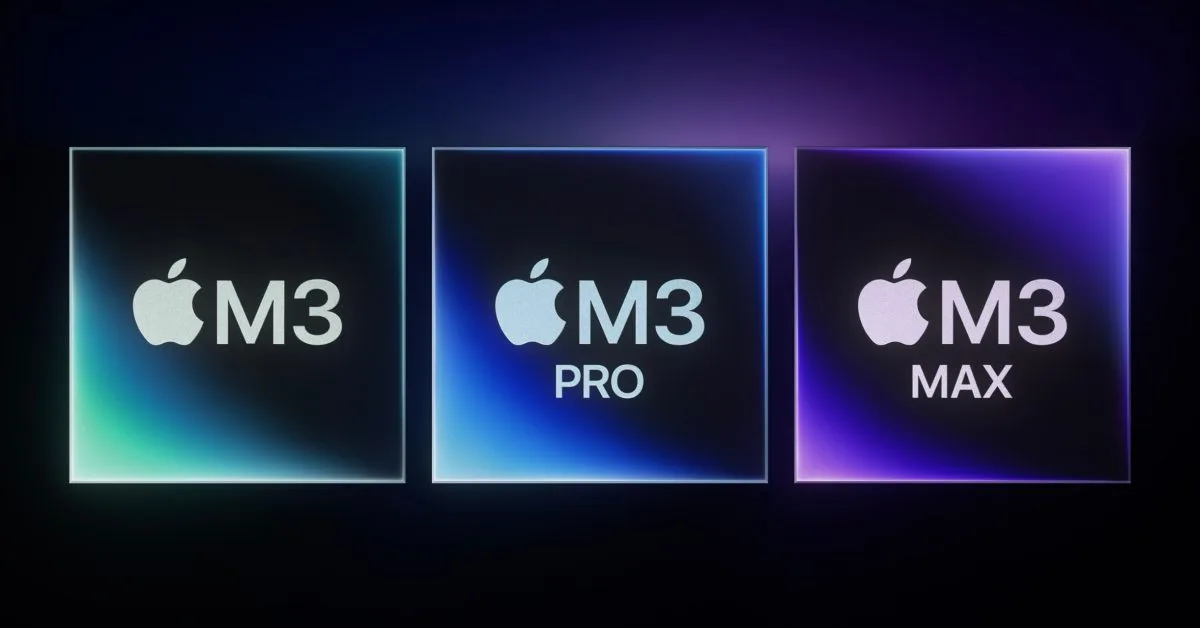Apple officially unveils M3, M3 Pro, and M3 Max: 3 nanometer, Dynamic Caching GPU, more
Apple officially unveils M3, M3 Pro, and M3 Max: 3 nanometer, Dynamic Caching GPU, more

9to5mac.com
Apple officially unveils M3, M3 Pro, and M3 Max: 3 nanometer, Dynamic Caching GPU, more - 9to5Mac

